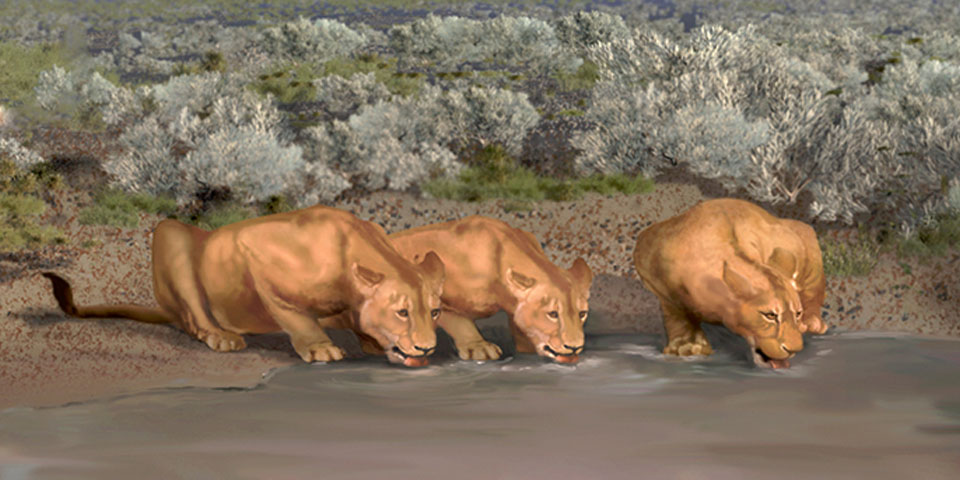What Animals Were Native to America

The North American continent is home to a rich diversity of wildlife, with a long history of native species that have inhabited the land for thousands of years. From the majestic bison roaming the Great Plains to the elusive mountain lion prowling through the forests, these animals have played a significant role in shaping the ecosystems of America. In this article, we will explore some of the iconic native animals that once thrived across the continent, their importance to indigenous cultures, and the challenges they face in modern times.
The Bison: Symbol of the Great Plains
One of the most iconic animals native to America is the bison, also known as the American buffalo. These massive creatures once roamed the vast grasslands of the Great Plains in enormous herds, shaping the landscape and providing sustenance for numerous indigenous tribes. The bison’s importance to Native American cultures cannot be overstated, as it provided food, clothing, shelter, and even spiritual significance.
However, due to overhunting and habitat loss, the bison population declined dramatically in the 19th century. By the late 1800s, they were on the brink of extinction. Thanks to conservation efforts and reintroduction programs, their numbers have rebounded to some extent, but they still face challenges such as genetic diversity and fragmented habitats.
The Gray Wolf: Apex Predator of the Wilderness
Another native species that once thrived in America is the gray wolf. These intelligent and highly adaptable predators once roamed across much of North America, playing a crucial role in maintaining healthy ecosystems. Wolves helped control herbivore populations, ensuring a balance between prey and vegetation.
Unfortunately, like the bison, wolves faced severe persecution and were nearly eradicated from the lower 48 states by the mid-20th century. However, with legal protection and reintroduction efforts, wolf populations have started to recover in certain regions, such as the Northern Rockies and the Great Lakes. Despite this progress, conflicts with livestock owners and ongoing debates about their management continue to pose challenges to their long-term survival.
The California Condor: A Majestic Bird on the Brink
The California condor is a critically endangered species and one of the most threatened birds in North America. With a wingspan of up to 10 feet, it is the largest land bird in North America. Once widespread across the continent, the condor’s population declined drastically due to habitat loss, lead poisoning from ingesting bullet fragments, and illegal hunting.
Through captive breeding programs and intensive conservation efforts, the California condor population has slowly increased from a mere 27 individuals in the 1980s to over 400 birds today. However, their recovery remains fragile, and ongoing efforts are necessary to ensure their survival and genetic diversity.
The American Alligator: A Prehistoric Survivor
The American alligator is a fascinating native species that has managed to survive for millions of years. Found primarily in the southeastern United States, these reptiles are an integral part of wetland ecosystems, playing a crucial role in maintaining biodiversity and controlling fish populations.
Once hunted to near extinction for their valuable hides, the American alligator made a remarkable recovery due to conservation measures and strict regulations. Today, their population is considered stable, and they are no longer listed as an endangered species. However, habitat loss and climate change pose ongoing threats to their long-term survival.
Conclusion:
The native animals of America have shaped the continent’s ecosystems for thousands of years. From the bison that once thundered across the Great Plains to the majestic California condor soaring through the skies, these species hold immense cultural and ecological importance. While conservation efforts have led to some success stories, many native animals still face significant challenges in the modern world. It is crucial that we continue to protect and restore their habitats, address human-wildlife conflicts, and raise awareness about the importance of preserving our native wildlife for future generations.






